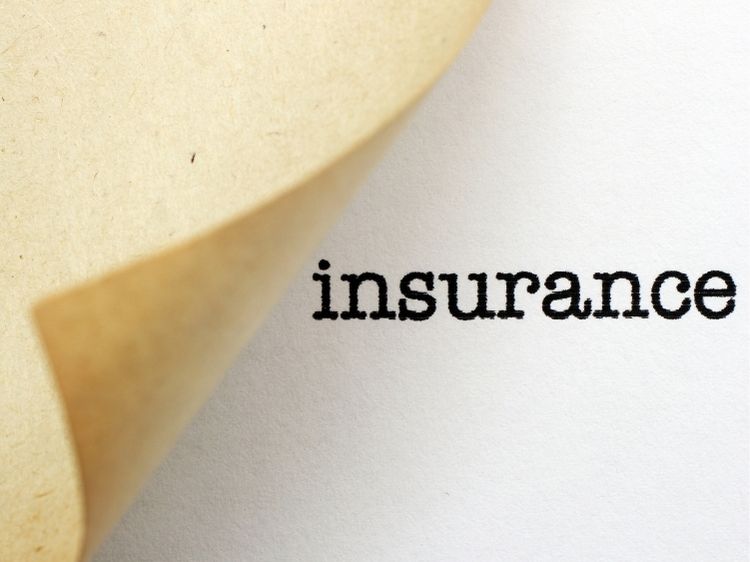When it comes to safeguarding your investment in a car there’s one word which is often ignored: gap insurance. Although it might not be an exciting topic knowing about gap insurance could help you avoid financial problems in the future. What exactly is gap insurance and why would you want to consider it for your car? Let’s take a look at the fundamentals.
Breaking Down Gap Insurance
Gap insurance, also known as Guaranteed Asset Protection, is a form of insurance that is designed to fill that “gap” between what your car is worth and how much you’re liable for if it is stolen or totaled. In general, people assume that their collision or comprehensive insurance will take care of everything in these situations. But, the majority of insurance policies will only cover the the cash value (ACV) of your vehicle that includes depreciation.
This is where the gap becomes a problem. Depreciation affects the value of your car when you leave the lot, leaving an enormous gap from its appraised value and amount owed on a lease or loan. If you do not have gaps insurance you may end up paying to purchase a car that you don’t has.
Who Benefits Most From Gap Insurance?
Although gap insurance isn’t suitable ideal for everyone, it could be a game changer in certain circumstances. If you’ve leased your car or purchased it through an unsubstantial down payment, then gap insurance is almost a must. In these instances the amount remaining on the loan or lease could be much higher than your actual value, particularly during the initial year of its ownership.
However, those who have an amount that is substantial for the initial installment may look into gap insurance if their vehicle’s depreciation is especially high. Vehicles with a lower resales value or that are purchased with loan terms that are longer could increase the risk that you will end up “upside down” on a car loan, which means you’re owed more than the value of your car.
How Does Gap Insurance Work in Practice?
Think about this: you just bought a brand-new car and financed it for $30,000. Then, a year later unfortunate accident damages your car. The insurance company calculates that the vehicle’s ACV to be $24,000 because of depreciation. If you’re still owing $28,000 to your lender and there’s a gap of $4,000 which your insurance policy won’t pay for. This is when gap insurance comes into the picture, covering the $4000 balance so that you don’t get left with the burden of paying for it.
Gap insurance is also available if the car you own is stolen but hasn’t been recovered. It’s important to note that gap insurance does not pay for repairs, damages or regular maintenance. It becomes applicable when your vehicle is declared as a total loss.
Where Can You Get Gap Insurance?
Many car dealers provide gaps insurance when you lease or finance the vehicle but it’s not your only choice. You can also get gap insurance from a variety of insurance companies, usually in addition to your existing insurance policy. Although dealer plans can be useful, they are usually more expensive than buying through an insurance provider. Looking around for the most affordable rates is a smart choice.
It’s also crucial to check the conditions of the gap insurance policy you have purchased carefully. Certain policies limit the maximum amount of payouts or might not cover certain fees for instance, late repayments to your credit card. Knowing the specifics can help you avoid any surprises when it is needed the most.
Is Gap Insurance Worth the Cost?
The value of gap insurance the cost is largely dependent on your financial situation as well as the speed at which your vehicle’s value decreases. In some cases, having the additional security is worth the expense that typically ranges from $20 to $40 annually as part of the cost of insurance. Some may not need it when they have a substantial down payment or if their credit score is in line with their car’s worth.
To make a well-informed decision consider your car’s current depreciation rate as well as your lease or loan conditions. If you’re uncertain, consult with your insurance representative or financial consultant to consider the pros and cons of the circumstances.
Final Thoughts on Gap Insurance
In a world where vehicle decline is inevitable and preventable, gap insurance offers an insurance policy that could be the difference. When you’re leasing, financing or owning a car susceptible to a rapid loss of value It is possible to help you avoid a major cost. While it’s not essential for all, taking the time to analyze your requirements and options can determine whether it’s the best option for you.



